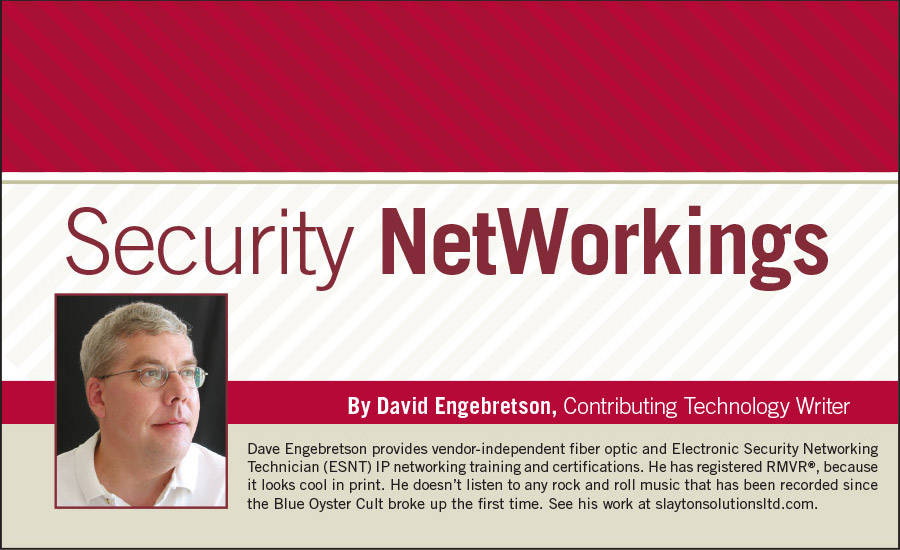Fiber to the Home (FTTH) — Is It Time to Cash in?

About five months ago I was taking out the trash to the alley cans behind the bunker in Bucktown when I spied a telephone company truck with a big roll of cable mounted on the back. I walked over and took a quick glance at the cable, which indicated that the cable was 144-count singlemode fiber optics.
I asked one of the technicians when I could get singlemode fiber to my house to replace my finicky and relatively low-bandwidth copper cabled DSL. He said I should give the office a call. Two weeks later two technicians came out and installed the singlemode connection all the way to a box under my desk, which is connected to a new ISP-supplied router that is hooked up to my LAN. My bandwidth immediately boomed to 90 Mbps downlink and 45 to 50 Mbps uplink. And they dropped my monthly price by $10 — heck of deal.
According to a news release issued by the Fiber Broadband Association in late 2017, the number of U.S. homes that have the possibility of connection to big-bandwidth fiber optics is 34.5 million homes. The fiber industry used the term “homes passed” in developing the above statistic. A “home passed” is where the fiber cable has been installed so that the home can be connected, but may not be connected today. At the end of 2017 it estimated that 15.4 million homes were connected with big-pipe fiber optics. So there are millions of homes and businesses that will want and need big-bandwidth fiber Internet connections, and somebody is going to have to make the “pole to home/business” connections.
If there is one truism in digital technology it is that the increasing demand for bigger bandwidth isn’t going to slow down or stop anytime soon. Singlemode fiber beats any copper cable, providing huge potential bandwidth, and without rusting, corrosion or degradation of the signal strength over time.
Let’s take a look at the installation at my house. Does this look difficult to perform? One fiber connector on the telco pole using a pre-installed connector and a set length of “drop” cable; a mechanical splice inside the gray interface box (takes 5 minutes — splices cost about $8 each); and one fiber connection inside the home using cable with a pre-installed SC APC connector with the cable length selectable by the technician. When performing fiber “drops” to a residence or business, the necessary tools are less than $300 to $600 and include a stripper tool, cleaver and splice jig. If you want to get fancy or it’s required, an optical loss test set (OLTS), such as the Ideal FiberMaster, costs a bit north of $1,000. The guys that did my house just hooked up the fiber, looked at the lights on the box, green meant good, and the installation was complete.
Need more business for your company? Want a steady revenue stream that is going to last for years? Do you have technicians, trucks and a business license? Phone and ISP companies are screaming for technicians who are trained to install and properly terminate fiber drops to homes and businesses. Your technicians can become certified as CFOS/H (Certified Fiber Optic Specialist/FTTH) as recognized by the Fiber Optic Association (FOA) after completing a two-day, hands-on training and testing class. Then, you are on your way to subcontracting to the “big boys” to perform potentially thousands of fiber drop connections in your service area.
Face facts: The residential alarm business is drying up with the rush to non-traditional companies and DIY. Commercial installations will continue, but competition will increase as a greater number of existing installation companies brawl for the available projects, which will lower your profits assuming you even get the job.
Take a look at the phone poles in your neighborhood: Orange ductwork and black splice pods are the harbinger of the fiber optic revolution.
Fiber optics is not the future — fiber optics is right now. Dealers who prepare for the wave of fiber optic work that will come to those who are properly trained, tested, certified and tooled up are going to still be standing, while those lamenting the shifting of traditional systems to other vendors and DIY will be kicked to the curb.
Looking for a reprint of this article?
From high-res PDFs to custom plaques, order your copy today!






